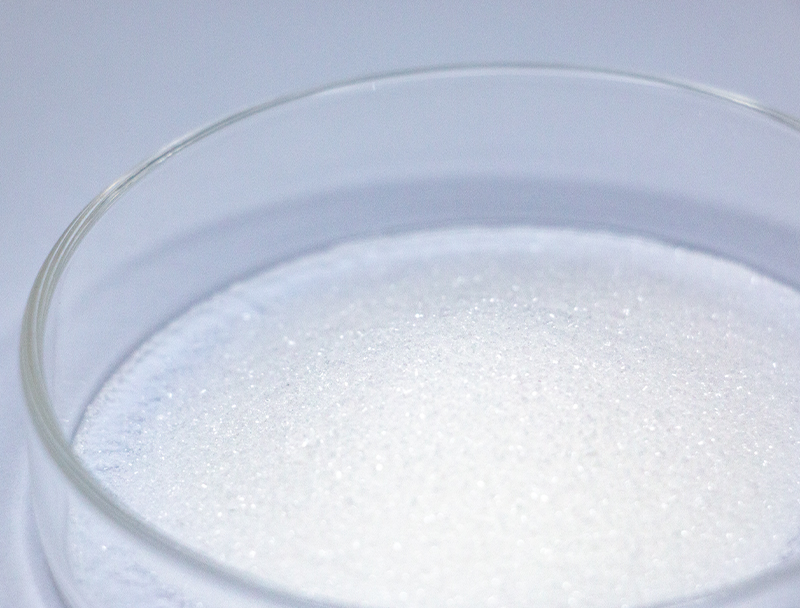
Cell-based production leans heavily upon a vast array of feedstocks to create novel bio-derived items.
Safeguarding long-term supply of raw inputs underpins enduring viability and ethical market growth.
an array of drawbacks from conventional supply chains including carbon-intensive impacts and resource exhaustion. Hence, industry players ought to pursue innovative supply solutions to lower carbon burdens.
- Examples of sustainable sourcing practices include:
- Applying circular feedstocks from post-harvest streams
- Integrating recovery systems to shrink waste while improving throughput
- Partnering with local suppliers committed to ethical sourcing practices
Shifting to ethical sourcing drives environmental value and long-term commercial viability.
Maximizing Feedstock Quality for Increased Biofuel Output
Advancing fuel production depends on feedstock consistency and composition. Engineers continually develop approaches to improve biomass suitability, resulting in superior production volumes and sustainable energy gains. Approaches include genomic enhancements to boost biomass growth and processing methods to convert complex lignocellulose into fermentable sugars.
- Moreover, investigations target novel feedstocks like microalgae, municipal residues, and field residues to widen the pool of renewable biomass for biofuel use.
- Because of continual endeavors biofuel technology is set to attain meaningful progress that supports renewable energy growth.
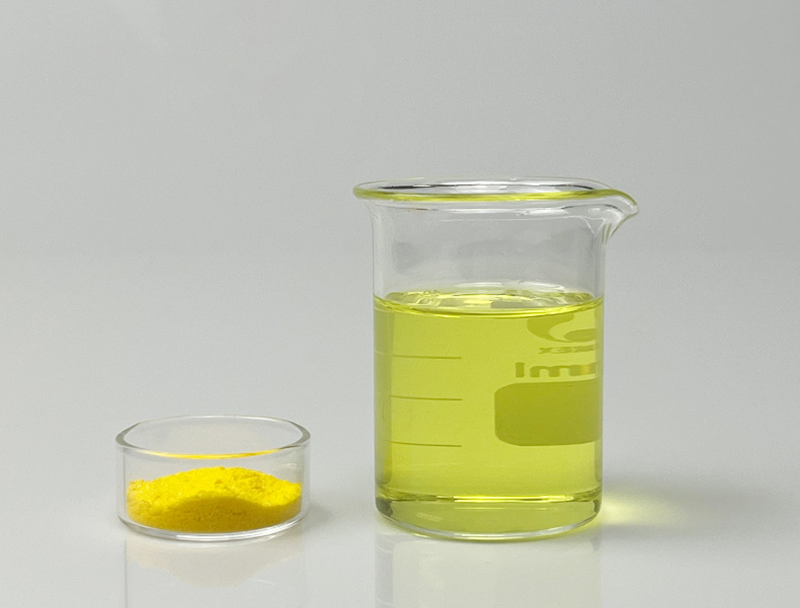
Transformations in Upstream Biopharma Workflow Design
entails beginning production stages such as cell growth and biomass recovery Ongoing innovations have accelerated process enhancement leading to greater yields.
Pivotal enhancements embrace high-performance cell lines, balanced media compositions, and intelligent reactor control systems. These innovations not only enhance productivity but also minimize production costs and environmental impact.
- In addition, momentum toward nonstop processing offers improved flexibility and optimized operational flow.
- Implementing cutting-edge manufacturing technologies will probably redefine workflows and accelerate innovation.
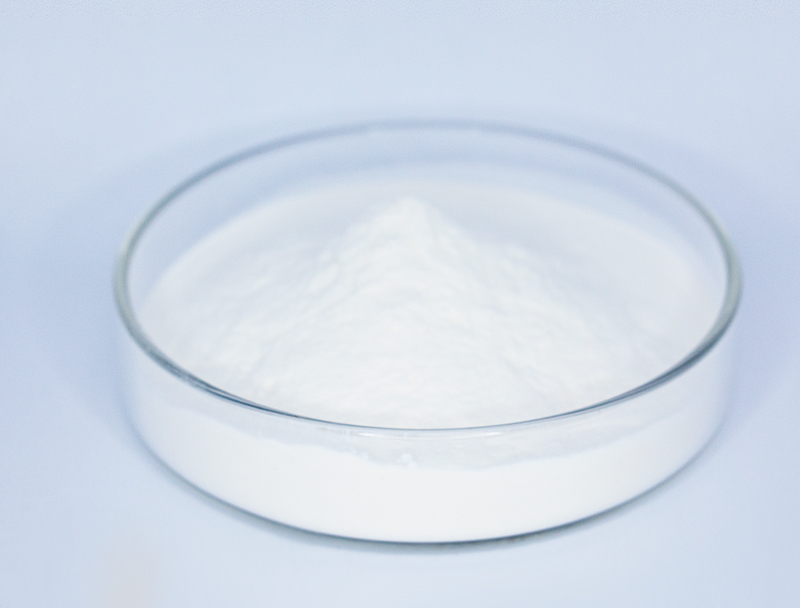
Innovations in Gene Editing for Improved Biopharmaceutical Yield
evolutions in genetic modification techniques have optimized therapeutic biosynthesis. Through controlled genetic modifications, practitioners increase therapeutic protein production. The approach may facilitate scalable, low-cost therapeutic production for numerous diseases.
Harnessing Microbial Biotechnology for Sustainable Bioremediation
state-of-the-art biological cleanup solutions using targeted microbial actions. Specialized microbes can enzymatically degrade pollutants to reduced-toxicity products.. Employing microbial processes facilitates remediation approaches that preserve ecosystem integrity while reducing pollution.. Analysts explore microbial consortia for targeted removal of metal toxins, pesticide residues, and petroleum contaminants.. Microbial cultures can function in contained bioreactors or be deployed onsite to facilitate biodegradative remediation..
Microbial-based approaches to remediation bring considerable advantages over traditional solutions. It is a cost-effective and environmentally friendly approach that minimizes the generation of harmful byproducts. Moreover, microbes can be tailored to address specific pollutants with minimal impact on non-target organisms. Work in this area evolves rapidly to optimize the success rates and scalability of bioremediation solutions.
Informatics-Driven Strategies for Drug Design
Informatics platforms are essential to current drug discovery and development pipelines. By screening targets and refining candidate molecules, informatics drives faster, evidence-based development.
- Through mining large genomic, proteomic, and clinical repositories, informaticians reveal new targets and forecast drug behaviors.
- Moreover, bioinformatics contributes to drug design by simulating the interactions between drugs and their targets, ultimately leading to the development of more effective drugs.
- To conclude, computational approaches are revolutionizing discovery and reducing time-to-patient for effective drugs.
Fine-Tuning Metabolism to Maximize Bioproduct Synthesis
applies assorted techniques to boost microbial synthesis of valuable compounds. Approaches may include genome edits to rewire pathways, transcriptional control to tune expression, and heterologous gene insertion to add functions.. By optimizing cellular networks, developers can substantially boost target bioproduct output.
Such an integrated approach may disrupt diverse fields including therapeutics, crop science, and sustainable fuels.
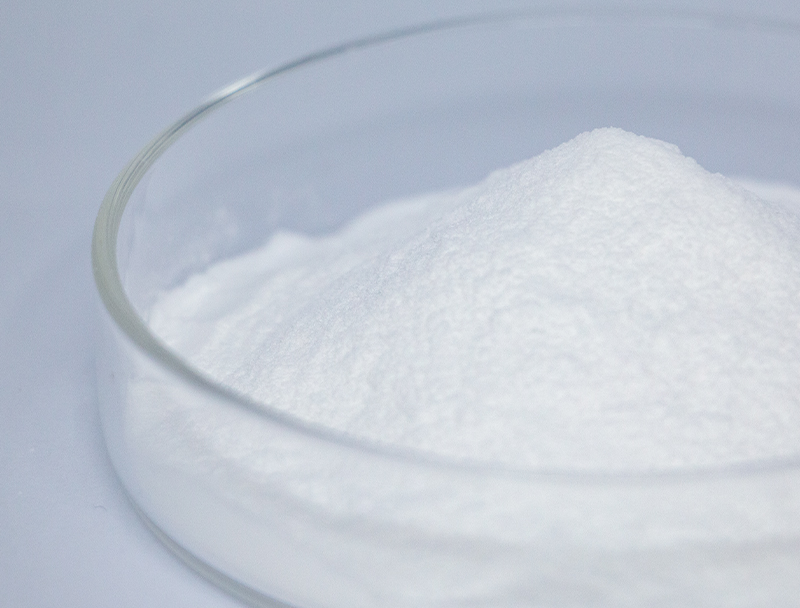
Barriers and Benefits When Expanding Biopharmaceutical Manufacturing
Commercializing biopharma production involves significant constraints and promising benefits. Maintaining consistent product attributes with scale-up remains a central difficulty. Resolving it depends on rigorous control strategies, precise instrumentation, and comprehensive analytics.
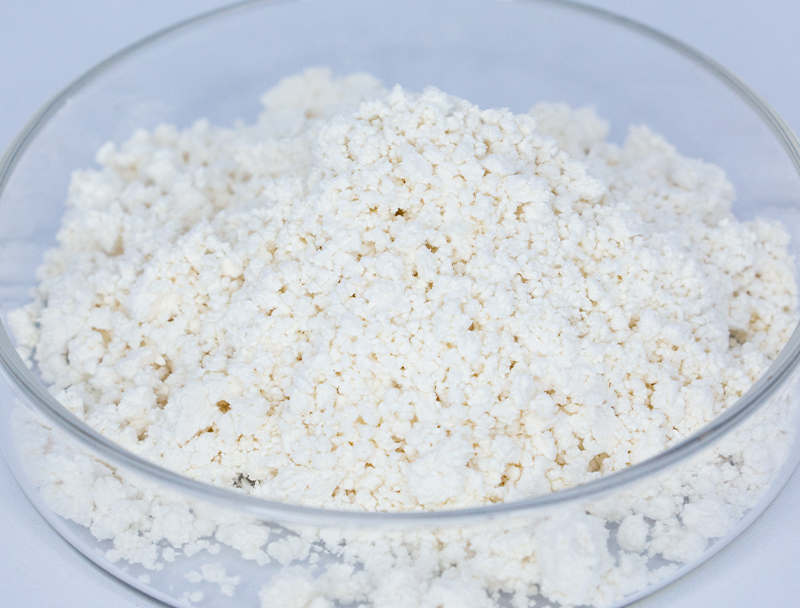
Process intricacy spanning various stages creates significant scale-up complexities.. Optimizing these processes for large-scale production can be a complex undertaking, requiring extensive research and technological innovation.. Even so, the payoff can be large. Well-executed upscaling can improve therapy access, decrease costs, and enhance economic performance.
Numerous initiatives aim to tackle these scaling challenges. Examples include novel optimization technologies, predictive analytics for real-time control, and inventive production models.
- Developmental projects contribute critically to scaling manufacturing competency.
- Regulators are adapting frameworks to speed authorization of novel manufacturing approaches and spur innovation.
Regulatory Strategies for Biopharma Compliance and Patient Protection
Manufacturing biopharmaceuticals entails detailed regulatory processes to copyright safety and clinical performance. Biopharmaceuticals, often derived from biological sources, present unique challenges compared to traditional medications.
Authorities including the FDA and EMA implement guidelines and thresholds to assess and approve novel biologic products.
Extensive evaluation procedures are essential across development phases, spanning preclinical work to post-market checks.. Such safeguards are intended to detect hazards and ensure therapeutics adhere to top-tier safety benchmarks..
Furthermore, regulatory bodies are constantly evolving their approaches to keep pace with the rapid advancements in biopharmaceutical research.. Programs embrace modern technologies and foster development speed while maintaining patient-centered safeguards.
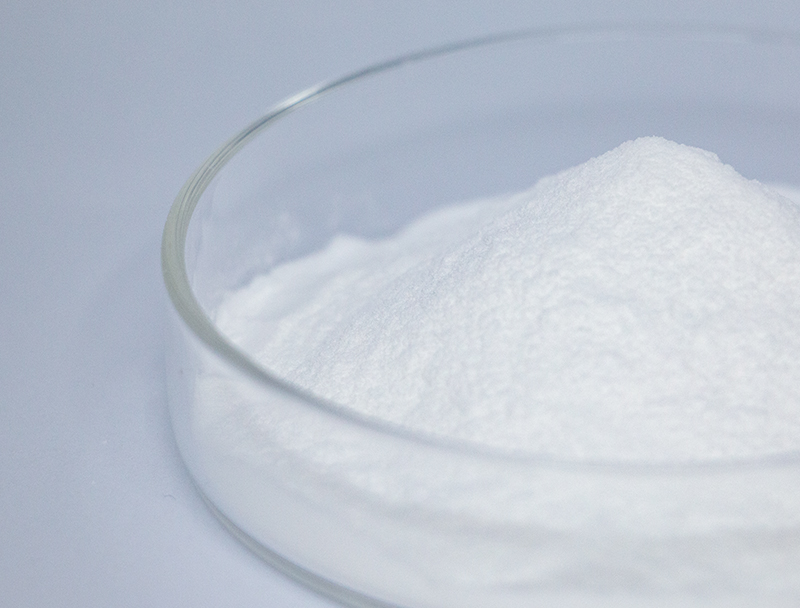
Plant-Based Biomass Options for Bioplastic Manufacturing
The expanding market for green materials prompts increased R&D into bio-based solutions. Using plant feedstocks to make bioplastics gives a promising direction for sustainable material development. Materials such as starch from corn, cellulose pulp, and sugarcane biomass are convertible into biodegradable polymers that lower plastic waste concerns.
Also, many renewable bioplastics exhibit comparable mechanical and functional traits to conventional plastics across applications.. Persistent innovation will be key to advancing plant biomass into mainstream bioplastic manufacturing for a circular future.
Biotech Contributions to Global Health and Crop Productivity
Biotech provides transformative capabilities that can change healthcare outcomes and strengthen food systems. By applying gene editing, synthetic biology constructs, and cellular therapies, scientists create tools to fight disease, raise yields, and boost nutrition.. Illustratively, crops altered for pest resistance and stress endurance support increased harvests and diminished pesticide usage.. Furthermore, biotechnology supports creation of vaccines, therapeutic agents, and advanced diagnostics that strengthen responses NMN to infectious threats and enhance health outcomes.. With ongoing research, biotech is positioned to enable broad improvements in health and food security that serve global populations.
